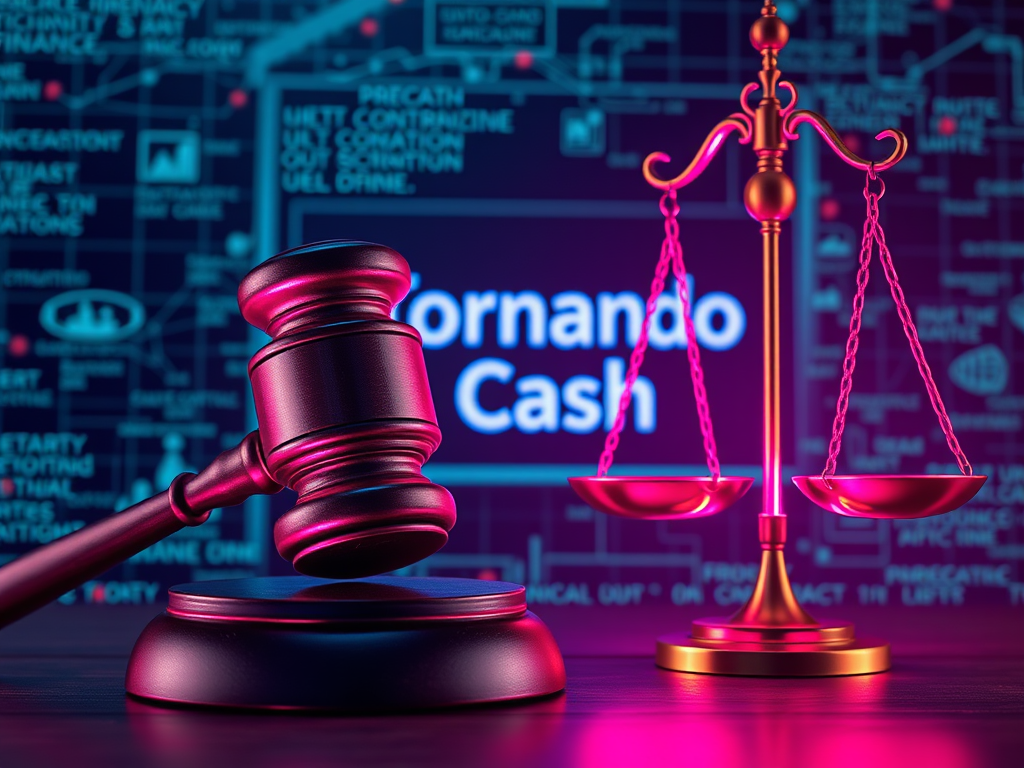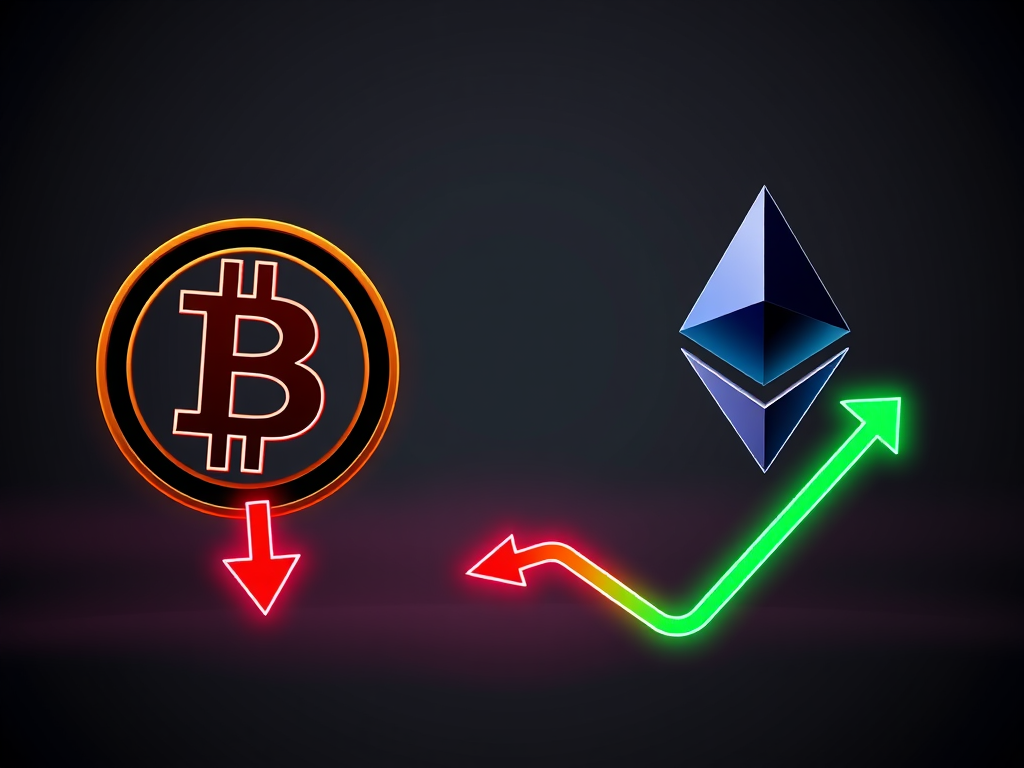Blockchain technology has emerged as a significant innovation in the digital world, offering new ways to manage and secure data across various industries. Blockchain architecture consists of multiple layers, each serving a specific purpose in the overall system. This article examines the three primary layers of blockchain technology—Layer 1, Layer 2, and Layer 3—to provide insight into their functions, differences, and roles within the blockchain ecosystem.
The Foundation: Layer 1
Layer 1, often referred to as the base layer or mainnet, forms the foundation of blockchain architecture. This layer encompasses the core protocols and rules that govern the blockchain’s operations, including consensus mechanisms, transaction processing, and security features. These protocols ensure the network’s stability, reliability, and security, serving as the backbone of the blockchain ecosystem.
Examples of Layer 1 blockchains include Bitcoin, Ethereum, and Cardano, each with its consensus algorithms and use cases. Bitcoin utilizes the Proof of Work (PoW) mechanism to secure transactions. Ethereum has transitioned to Ethereum 2.0, which employs the Proof of Stake (PoS) consensus mechanism to improve scalability and energy efficiency. Cardano, designed as a more sustainable and scalable alternative, also employs a PoS consensus mechanism.
Layer 1 blockchains often face scalability challenges. As networks grow and transaction volumes increase, they can become congested, leading to slower processing times and higher fees. This congestion impacts user experience and system efficiency. Proposed solutions include increasing block size, implementing sharding, and transitioning to more efficient consensus mechanisms.
Enhancing Efficiency: Layer 2
Layer 2 solutions are built on top of Layer 1 blockchains to address scalability and efficiency concerns. These solutions process transactions off the main chain, reducing congestion and increasing transaction speeds. By handling transactions on a secondary layer, they alleviate the load on the primary blockchain while maintaining its security and decentralization benefits.
Various types of Layer 2 solutions have been developed:
- State channels like the Lightning Network for Bitcoin enable private channels for off-chain transactions between parties.
- Like Polygon’s PoS chain, sidechains operate as separate but parallel blockchains that can interact with the main chain.
- Rollups, including Optimistic Rollups and ZK-Rollups, bundle multiple transactions into a single on-chain transaction to optimize processing.
- Plasma chains create a hierarchy of child chains that periodically commit to the main chain.
- Validium solutions use zero-knowledge proofs for validation while keeping data off-chain.
These Layer 2 solutions offer increased transaction throughput, reduced fees, and improved user experience. They benefit applications requiring high-speed transactions, such as decentralized exchanges, gaming platforms, and micropayment systems.
Facilitating Interoperability: Layer 3
Layer 3, often called the application layer, facilitates interoperability between blockchain networks and enhances user interaction. This layer comprises protocols, frameworks, and applications designed to abstract the complexities of the underlying layers, making blockchain technology more accessible and functional for end-users.
It’s important to note that the concept of Layer 3 is still evolving, and its definition can vary within the blockchain community. Generally, Layer 3 solutions focus on:
- Cross-chain protocols enable the transfer of assets and data between different blockchain networks, allowing for greater flexibility and collaboration. Examples of Layer 3 solutions that enable interoperability include Polkadot and Cosmos.
- Decentralized applications (dApps) run on top of Layer 1 and 2 networks, providing various services in sectors such as finance, gaming, supply chain management, and social media.
- User-friendly interfaces: Layer 3 includes tools like wallets, browsers, and software development kits (SDKs) that simplify interaction with blockchain technology for both users and developers.
- Specialized use cases: Some Layer 3 solutions focus on specific functionalities like privacy-enhancing technologies or domain-specific applications.
Integration of Layers
The effectiveness of blockchain technology is realized when these layers work in conjunction. Each layer serves a specific function and addresses particular challenges within the ecosystem. Layer 1 provides the foundational infrastructure, Layer 2 enhances scalability and efficiency, and Layer 3 facilitates interoperability and user interaction.
The Ethereum ecosystem exemplifies this integration:
- The Ethereum mainnet (Layer 1) provides the foundational security and consensus mechanism.
- Layer 2 solutions like Optimism, Arbitrum, and Polygon’s various scaling solutions help scale the network by processing transactions off-chain.
- Layer 3 applications and protocols, such as decentralized exchanges (e.g., Uniswap) or cross-chain bridges, operate on top of these layers, providing specialized services and enhancing interoperability.
It’s worth noting that some platforms, like Polygon, have evolved to offer a more comprehensive ecosystem. Polygon now includes:
- Both Layer 2 and sidechain components.
- Offering various scaling solutions such as Polygon PoS (a sidechain).
- Polygon zkEVM (a ZK-rollup).
- Polygon Supernets (application-specific chains).
Challenges and Future Directions
Despite advancements, integrating these layers presents challenges, including security concerns, regulatory compliance, and technological complexity. Ongoing research and development are necessary to address these issues and ensure the seamless functioning of the blockchain ecosystem.
Security remains a paramount concern across all layers. Layer 1 blockchains must maintain robust consensus mechanisms to prevent attacks. At the same time, Layer 2 solutions must ensure that their off-chain transactions are adequately secured and correctly settled on the main chain. Layer 3 applications face the challenge of securely interacting with multiple underlying networks while protecting user data and assets.
Regulatory compliance presents another significant challenge. As blockchain technology gains wider adoption, governments and regulatory bodies increasingly scrutinize it. Navigating the complex and often inconsistent regulatory landscape across different jurisdictions poses a challenge for blockchain projects operating across multiple layers and geographic regions.
Technological complexity is an ongoing issue, particularly as the ecosystem becomes more sophisticated. Developing seamless interactions between layers and ensuring compatibility across various blockchain networks requires significant technical expertise. This complexity can be a barrier to entry for new developers and users, potentially slowing adoption rates.
Scalability remains an ongoing challenge, particularly for Layer 1 networks. While Layer 2 solutions offer promising approaches to increase transaction throughput, integrating these solutions without compromising the security and decentralization of the base layer is an area of active research and development.
Interoperability between different blockchain networks is another key area of focus. As the number of blockchain platforms grows, efficient and secure cross-chain communication becomes increasingly important. Layer 3 solutions actively address this challenge, but achieving seamless interoperability while maintaining security is complex.
Despite these challenges, the future of blockchain technology looks promising. The layered approach to blockchain architecture allows for continuous innovation and improvement at each level. As Layer 1 protocols become more efficient and scalable, Layer 2 solutions become more robust and diverse, and Layer 3 applications become more sophisticated and user-friendly, the overall ecosystem will likely become more accessible and valuable to a broader range of users and industries.
Emerging technologies such as quantum computing may also play a role in shaping the future of blockchain. While quantum computers pose potential threats to current cryptographic methods, they also offer opportunities for developing more secure and efficient blockchain systems.
As blockchain technology evolves, the interaction between these layers will likely drive further innovation in the field. This layered approach addresses the limitations of current systems and opens up new possibilities across various industries. The evolving blockchain ecosystem aims to provide a more robust and versatile platform for users and developers, paving the way for more efficient, interconnected, and user-friendly blockchain applications.
Conclusion
In conclusion, understanding the layered architecture of blockchain is crucial for anyone looking to engage with or develop blockchain-based solutions. Each layer plays a vital role in the ecosystem, and their integration is critical to realizing the full potential of this transformative technology. As research and development continue, we expect further advancements that address current challenges and unlock new possibilities in the blockchain world.












